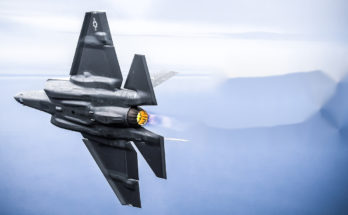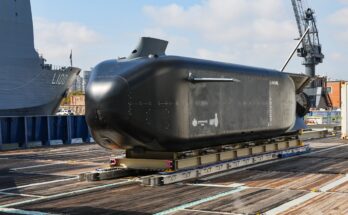Multiple vendors are readying bids for Australia’s Project LAND 4503 Armed Reconnaissance Capability program involving the acquisition of up to 29 attack helicopters. The new helicopters will serve as a replacement for the Australian Army’s current stock of 22 EC 665 Tiger armed reconnaissance helicopters (ARHs).
Australia’s Department of Defence issued a Request for Information (RFI) regarding the project back in mid-July. According to the RFI, Initial Operational Capability (IOC) would occur in 2026 with the delivery of 12 airframes, with Final Operational Capability (FOC) for the entire 29-unit fleet targeted for 2028. The DoD plans for 24 of these new helicopters to be based at a single location, while the remaining five will serve as trainers.
The three contenders lining up for the LAND 4503 competition include Airbus Helicopters, Textron subsidiary Bell, and Boeing.
Airbus Helicopters is marketing its Tiger Mk 3 as the “Tiger platform beyond 2020” that will provide not only a serviceable platform with local industrial opportunity for Australia, but a cheaper alternative to the tune of over AUD3 billion ($2 billion).
Boeing, too, is pitching local industrial work share as it promotes its AH-64E Apache.
Bell, meanwhile, is offering up the AH-1Z Viper, a marinized platform designed for amphibious operations and used by the U.S. Marine Corps.
Bell with the AH-1Z Viper and Boeing with the AH-64E Apache confirmed that they’re pitching for Australia’s LAND4503 attack helicopter program, while Airbus says A$3b will be saved by persisting with the Tiger in upgraded form pic.twitter.com/SAVpHu64F6
— Mike Yeo 杨启铭 (@TheBaseLeg) August 30, 2019
Each offering represents a mature platform – something sought under the RFI in order to reduce program risk.
Although the Tiger ARHs delivered between 2004 and 2011 under Project AIR 87 have finally achieved a satisfactory level of serviceability and performance with the Australian Army, years of issues with the fleet prompted the DoD to forgo an AUD500‑AUD700 million capability upgrade and opt instead to retire the Tigers in the mid-2020s.

Australian Army Tiger attack helicopter. Image – – Stephen Edmonds [CC BY-SA 2.0]
Dan Darling is Forecast International’s director of military and defense markets. In this role, Dan oversees a team of analysts tasked with covering everything from budgeting to weapons systems to defense electronics and military aerospace. Additionally, for over 17 years Dan has, at various times, authored the International Military Markets reports for Europe, Eurasia, the Middle East and the Asia-Pacific region.
Dan's work has been cited in Defense News, Real Clear Defense, Asian Military Review, Al Jazeera, and Financial Express, among others, and he has also contributed commentary to The Diplomat, The National Interest and World Politics Review. He has been quoted in Arabian Business, the Financial Times, Flight International, The New York Times, Bloomberg and National Defense Magazine.
In addition, Dan has made guest appearances on the online radio show Midrats and on The Media Line, as well as The Red Line Podcast, plus media appearances on France 24 and World Is One News (WION).




